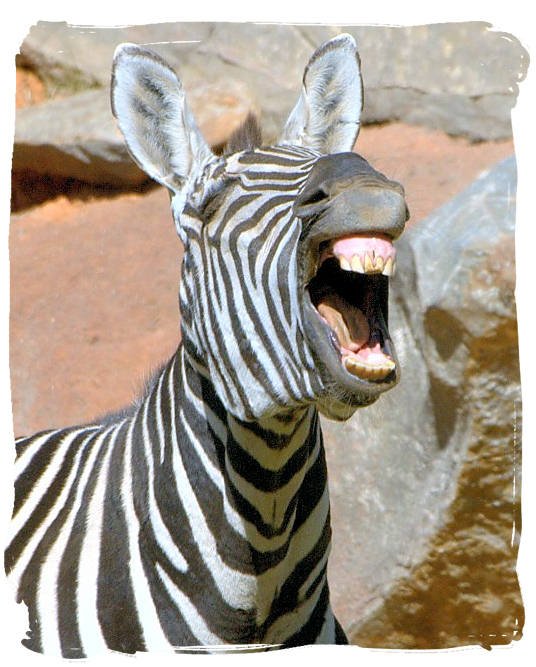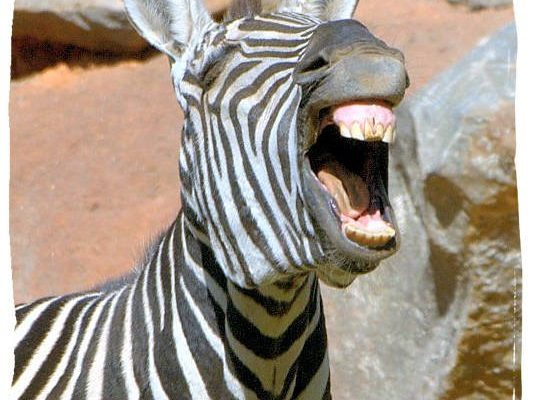
So, what exactly does it mean for a species to be endangered? Imagine finding out your favorite coffee shop is closing down. It’d be a bummer, wouldn’t it? While we can still find other coffee spots, losing a species like the mountain zebra means losing a part of our planet’s rich biodiversity. In this article, we’ll dive deep into the world of the mountain zebra, exploring its conservation status, threats, and what we can do to help.
Understanding the Mountain Zebra
Mountain zebras are found primarily in the rugged terrain of southern Africa, particularly in Namibia and South Africa. Unlike their more common relatives, mountain zebras have a unique appearance. They feature a smaller body, a distinct white and black striped pattern, and a unique “dewlap” under their throat. This dewlap helps them regulate their body temperature in the harsh mountain climate. Pretty fascinating, right?
You might be wondering how these animals adapt to their mountainous habitat. Their strong legs allow them to navigate steep slopes with surprising agility. They also have a special set of social behaviors. Mountain zebras often form family groups, led by a dominant stallion, which helps them communicate and protect one another. This social structure is crucial for their survival, especially when facing threats from predators.
Conservation Status of the Mountain Zebra
Now, let’s tackle the heart of the matter: Is the mountain zebra endangered? Officially, the mountain zebra is classified as vulnerable by the International Union for Conservation of Nature (IUCN). This means that while they’re not critically endangered just yet, they are at risk and need our attention.
The reasons for their vulnerable status are complex. Habitat loss, primarily due to human activities like agriculture and urban development, plays a significant role. Additionally, poaching and competition with livestock for food also threaten their survival. Without conservation efforts, we could see a rapid decline in their population, echoing the fate of other species that have vanished from our planet.
Threats Facing Mountain Zebras
Understanding the **threats** to the mountain zebra helps us appreciate why they’re in trouble. Let’s break these down:
- Habitat Loss: As humans expand into natural habitats to grow crops and build homes, mountain zebras lose their grazing lands. This is like trying to run a marathon with increasingly fewer water stations along the route.
- Poaching: While mountain zebras aren’t hunted for their meat as much as some other animals, they can still fall victim to poachers. Their beautiful hides sometimes attract illegal hunting, which can further reduce their numbers.
- Competition with Livestock: In some areas, domestic animals compete with mountain zebras for food. This competition can lead to malnutrition or starvation for the zebras, making it even tougher for them to survive.
Each of these threats is a significant barrier to the mountain zebra’s survival. If we ignore them, we risk losing more than just a stripey herbivore; we lose a piece of our planet’s ecological puzzle.
Conservation Efforts for Mountain Zebras
So, what’s being done to prevent the mountain zebra from becoming endangered? Fortunately, various organizations and governments are stepping up to help. These efforts range from creating protected areas in their natural habitats to implementing breeding programs.
For instance, national parks like the **Mountain Zebra National Park** in South Africa serve as sanctuaries for these animals, providing them with safe spaces to roam and thrive. Conservationists are actively working on restoring habitats and creating wildlife corridors that allow mountain zebras to migrate safely between areas.
Community engagement is also crucial. Local populations are educated about the importance of protecting these animals. When communities understand the role of the mountain zebra in maintaining ecological balance, they’re often more willing to help protect them.
Your Role in Mountain Zebra Conservation
You might be thinking, “What can I do?” Well, every small effort counts! Here are a few ways you can make a difference:
- Spread Awareness: Share information with your friends and family about the mountain zebra and the challenges they face. Awareness is the first step to change.
- Support Conservation Organizations: Consider donating to or volunteering with organizations that focus on wildlife conservation. Your time and resources can have a tangible impact.
- Make Eco-Friendly Choices: By reducing your carbon footprint and supporting sustainable products, you help protect natural habitats. A healthier planet means healthier wildlife.
Being part of the solution feels good, doesn’t it? Every little bit helps, and you can play a role in keeping the mountain zebra and other endangered species safe.
The mountain zebra might not be a household name, but their plight serves as a reminder of the delicate balance in our environment. We have the power to help shift the tide, ensuring these unique animals can thrive. Remember, the next time you spot a zebra, it might just be a mountain zebra, making its way through rugged terrain, fighting against the odds.
Conservation isn’t just about saving one species; it’s about preserving the intricate web of life that connects us all. If we act together, we can ensure that future generations will enjoy the sights and sounds of the mountain zebra for years to come. Let’s keep those stripes on the mountains!

